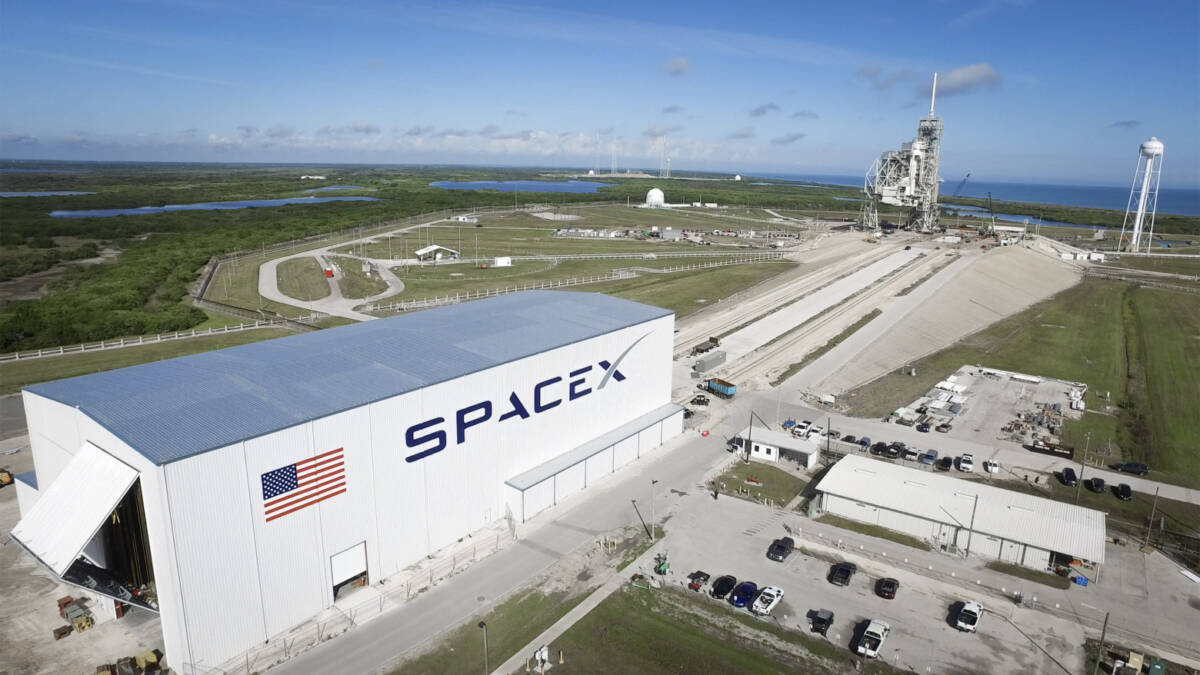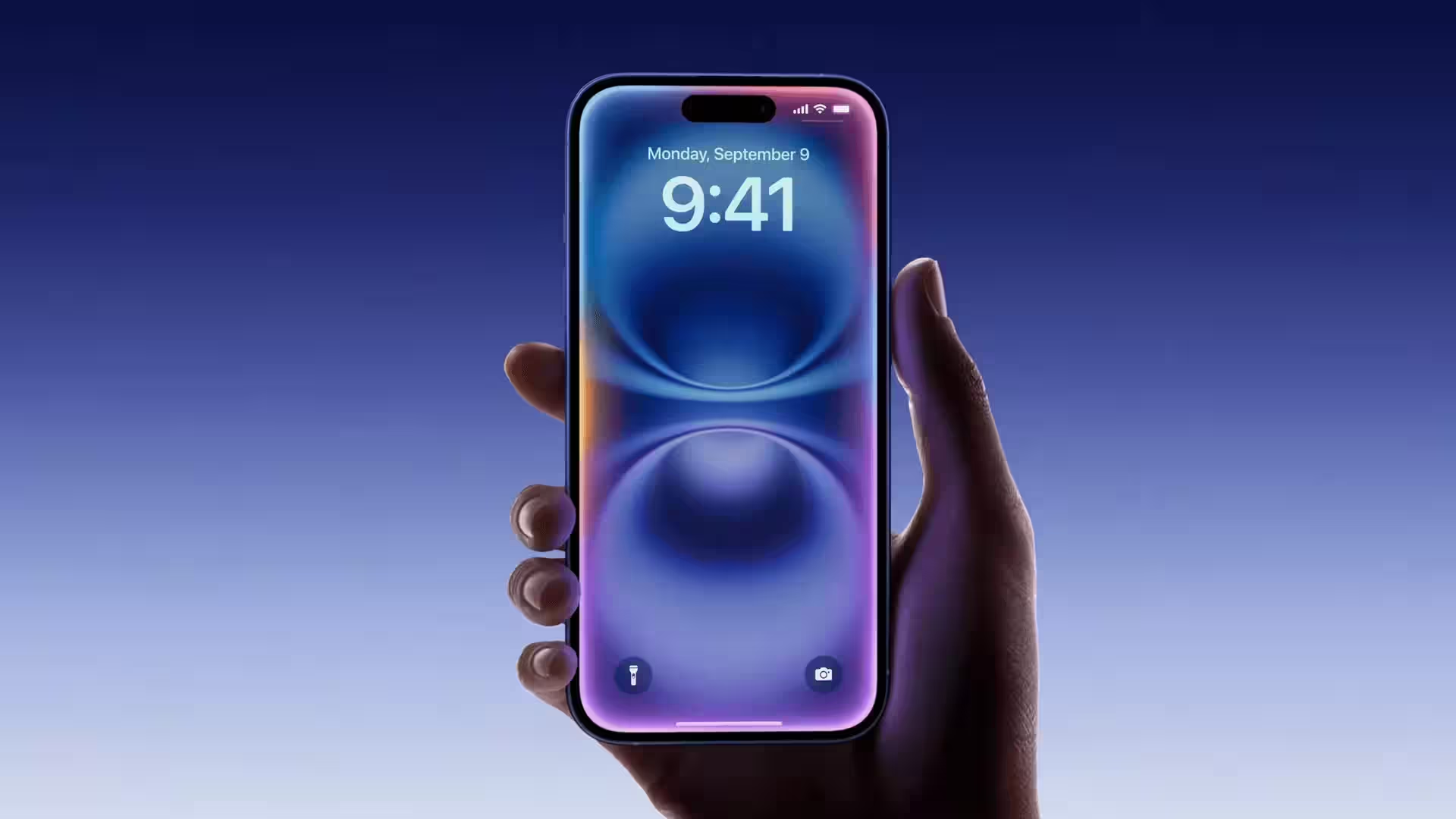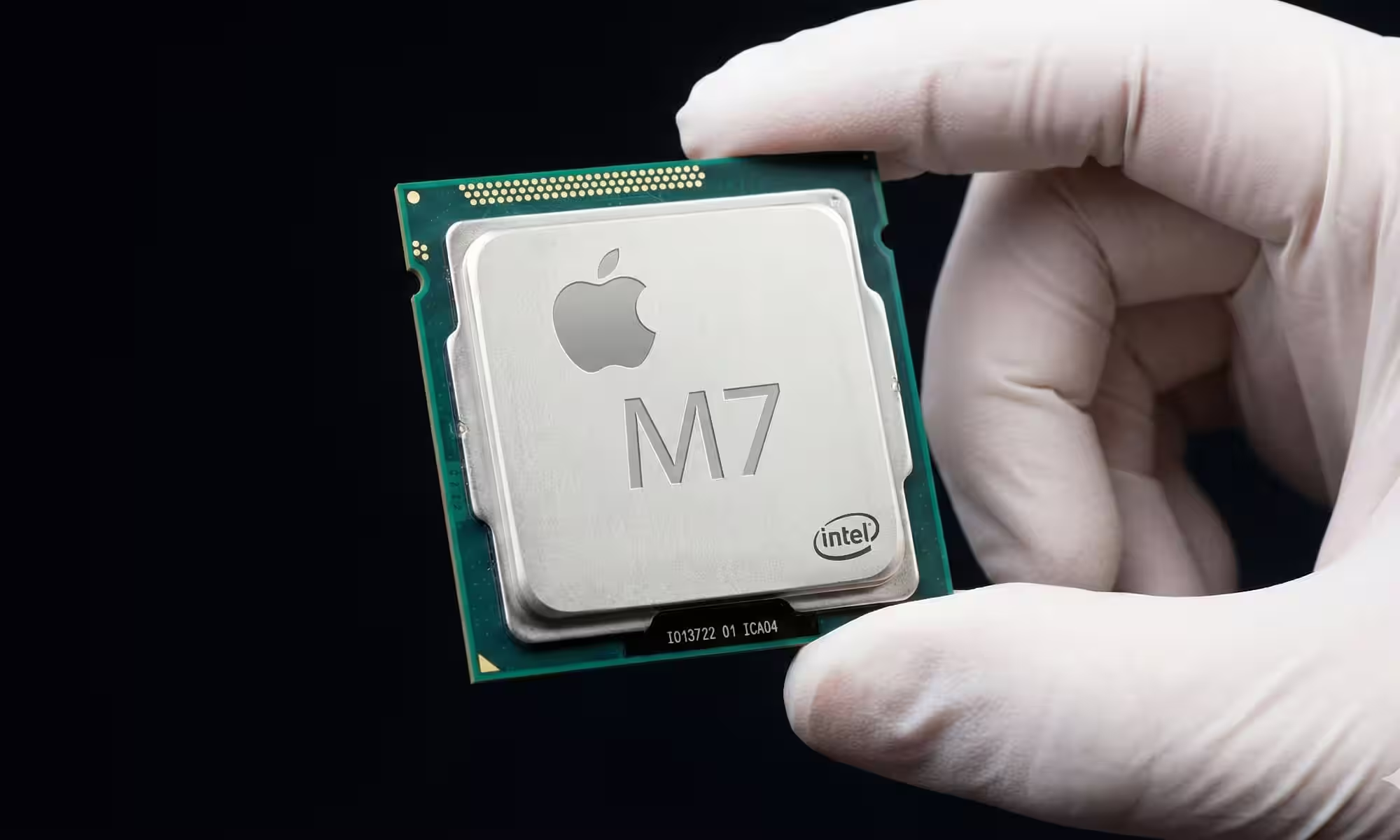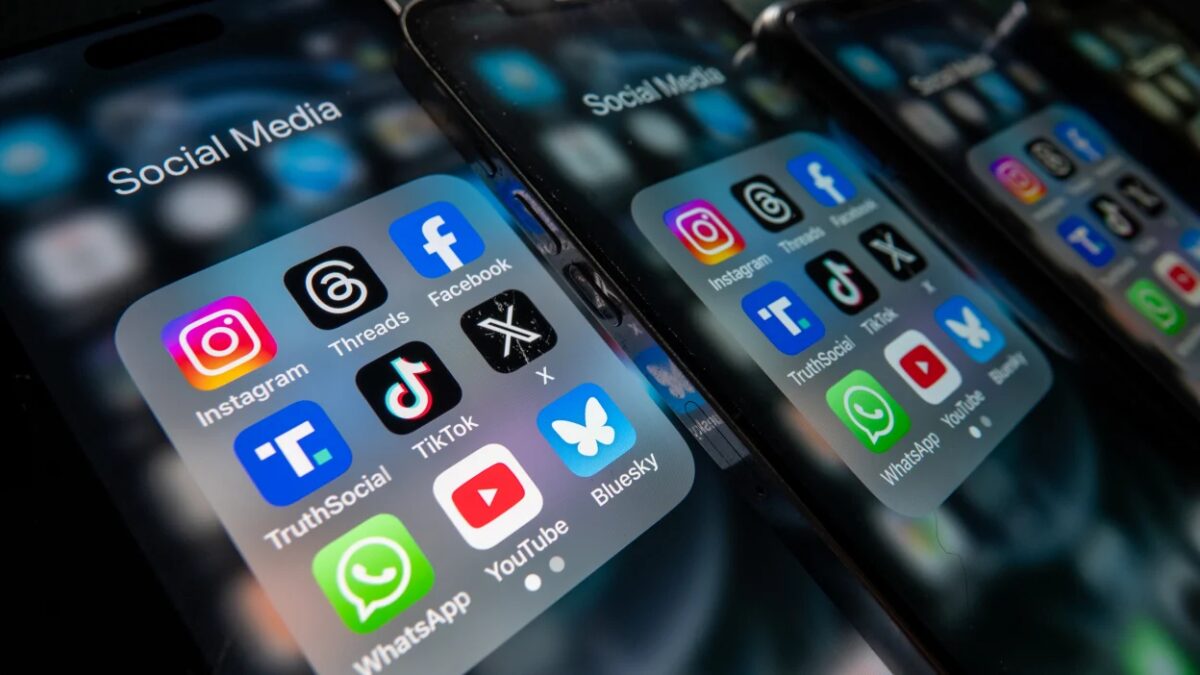Apple expands energy projects in the EU
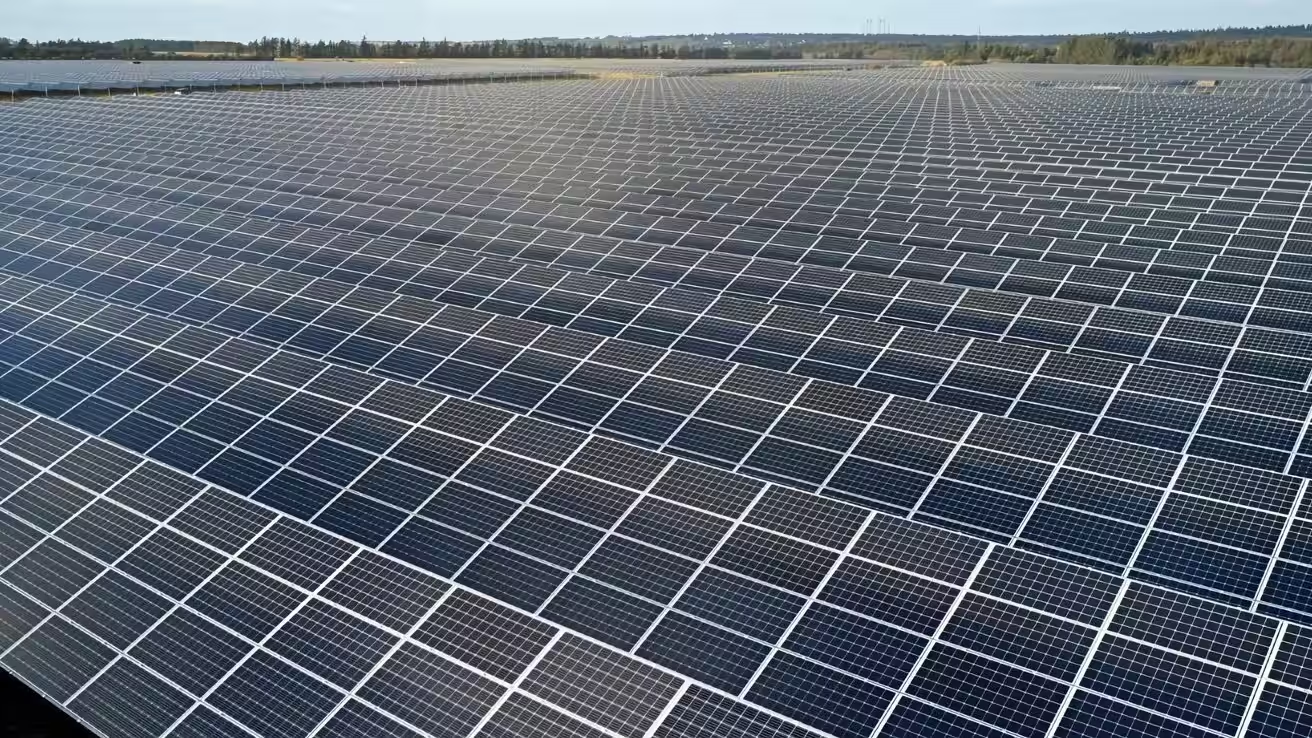
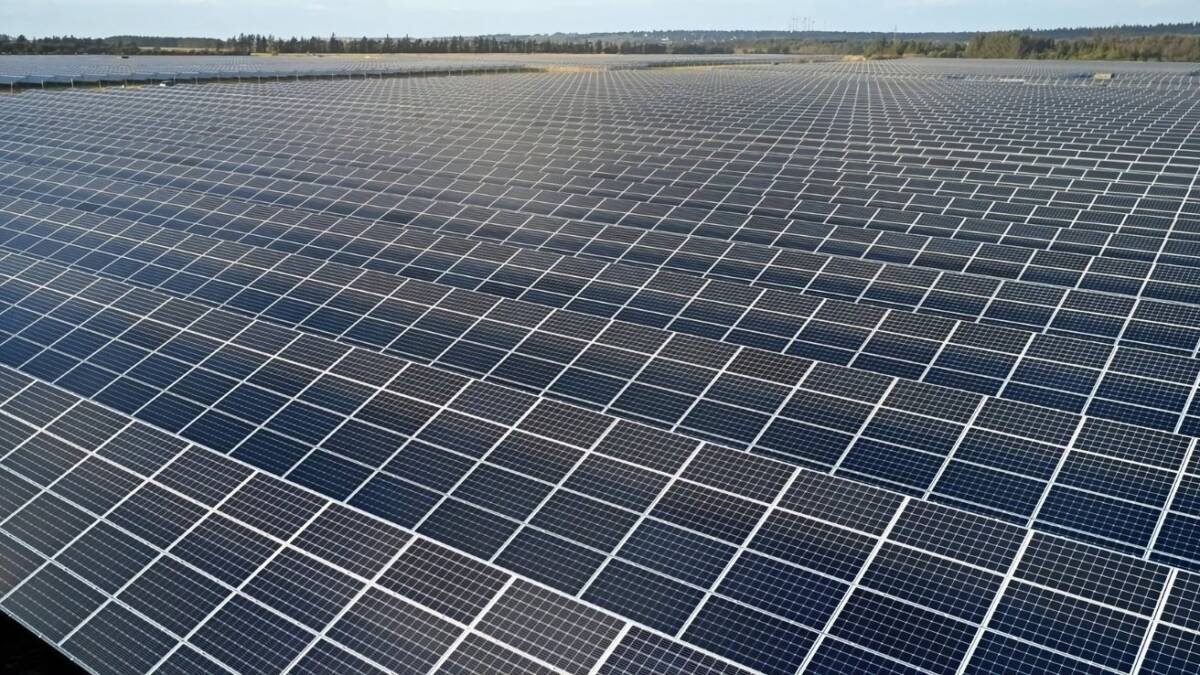
pple has announced the launch of new renewable energy projects in Europe. The company says it already offsets the electricity needed to charge iPhones and power Macs in the region, but those measures don’t address the energy costs of its data centers.
The new initiatives cover Greece, Italy, Latvia, Greece, Poland and Romania. Apple says it will work with local partners to add about 650 MW of renewable power to European grids. Among the projects:
- Greece: 110 MW of solar generation with HELLENiQ ENERGY;
- Italy: 129 MW in mixed wind and solar installations;
- Poland: 40 MW of solar power with Econergy;
- Romania: planned 99 MW wind farm with Nala Renewables;
- Latvia: 110 MW of solar power with European Energy.
The company said it has already launched a 131 MW solar plant in Segovia, Spain, in partnership with ib vogt.
«By 2030, we want users to know that all the energy they need to charge their iPhone or power their Mac is offset by clean electricity» — said Lisa Jackson, Apple’s vice president of environmental and social policy.
Mismatch of scale
Apple reports that 29% of its global CO₂ emissions come from users’ use of devices. New projects aim to offset that share, but data center power consumption, especially in the age of artificial intelligence, remains outside the scope of these calculations.
Apple’s new projects aim to offset that share, but the power consumption of data centers, especially in the age of artificial intelligence, remains outside the scope of these calculations.
The company does reduce the burden on infrastructure by doing some of Apple Intelligence’s computing on devices, but this increases charging frequency and therefore overall power consumption.
According to the International Energy Agency (IEA), Apple will consume 2.8 TWh of energy in 2021 — six times less than Google and 11 times less than Amazon. But these figures do not reflect the growth in demand for computing power driven by the rise of AI technology.
The complicated history of «carbon neutrality»
Apple has repeatedly stated that it is already a «carbon neutral» corporation and plans to be zero-carbon across its entire product lifecycle by 2030. However, in October 2025, the company removed mention of carbon neutrality from the website for the Apple Watch Series 9, Ultra 3, and Mac mini M4 after a German court ruling found such claims to be baseless.
Apple’s carbon-neutral website for the Apple Watch Series 9, Ultra 3, and Mac mini M4 was removed after a German court ruled that such claims were unfounded.
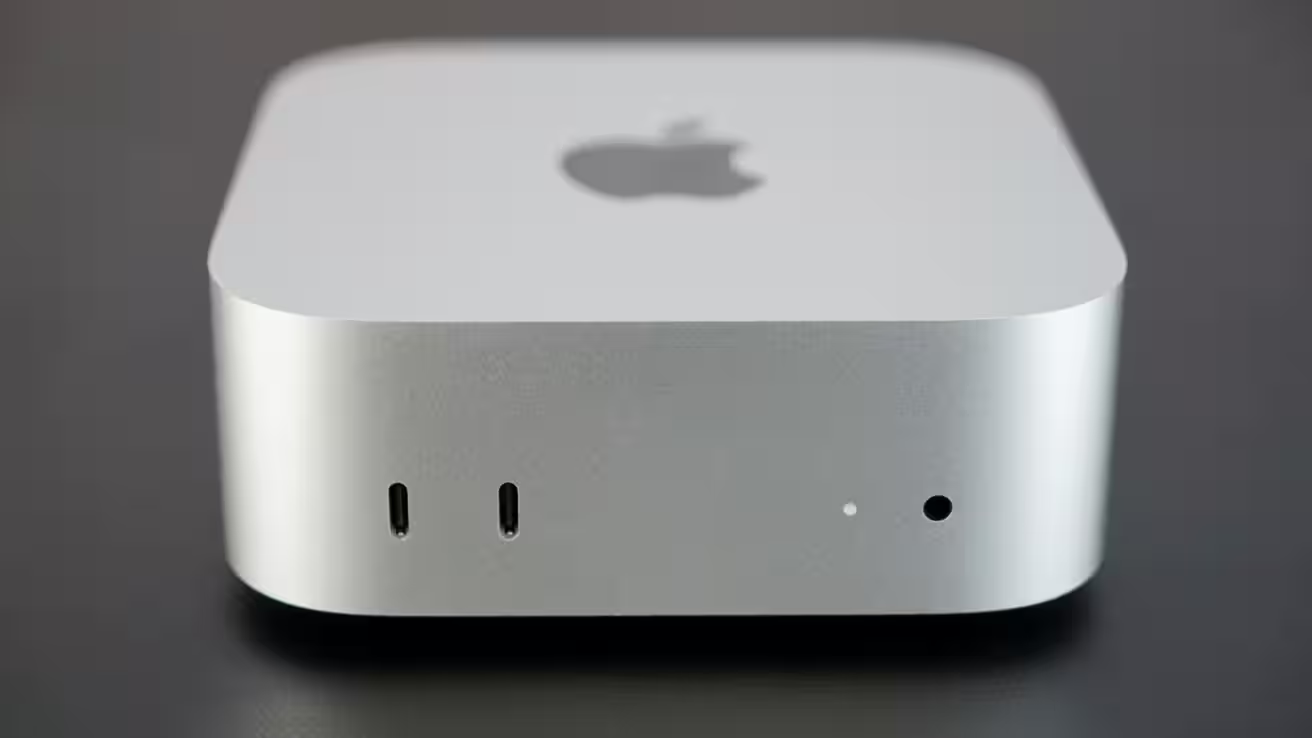
In addition, with the entry into force of the European Directive 2024/825, which bans «environmental claims based on emissions offsets», such marketing will become impossible.
And Apple emphasizes: the devices are made with renewable materials and energy, and residual emissions are offset by forestry projects, such as planting eucalyptus trees in Paraguay.
Apple’s response to allegations of «climate makeup»
In the face of criticism for «greenwashing» Tim Cook called such accusations «shameful»:
«We’re actually reducing our carbon footprint and offsetting only what’s left —with certified natural projects that take carbon out of the atmosphere» — the Apple CEO said.
Despite the marketing nuances, the company continues to pursue its Apple 2030 program, combining clean energy development in Europe with efforts to reduce reliance on carbon offsets.

